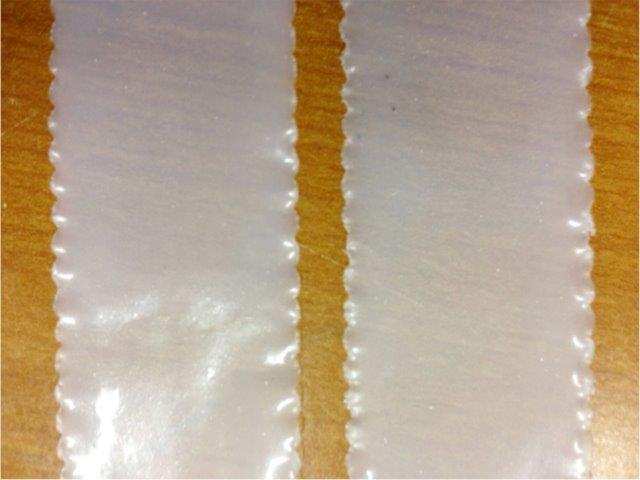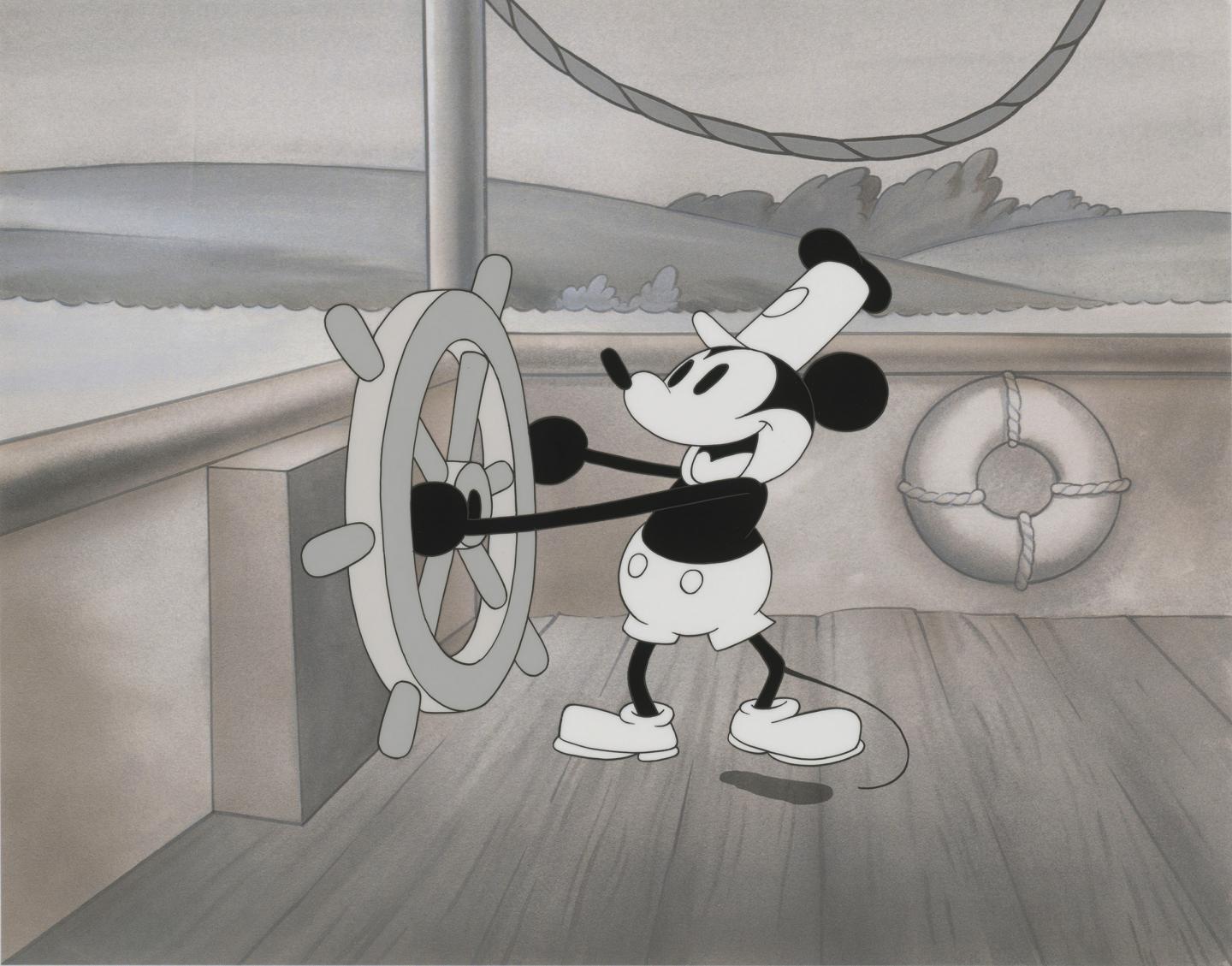
Adding eggshell nanoparticles to a bioplastic (shown above) increases the strength and flexibility of the material, potentially making it more attractive for use in the packaging industry. Credit: Vijaya Rangari/Tuskegee University
A March 15, 2016 news item on Nanowerk describes the research,
Eggshells are both marvels and afterthoughts. Placed on end, they are as strong as the arches supporting ancient Roman aqueducts. Yet they readily crack in the middle, and once that happens, we discard them without a second thought. But now scientists report that adding tiny shards of eggshell to bioplastic could create a first-of-its-kind biodegradable packaging material that bends but does not easily break.
The researchers present their work today [March 15, 2016] at the 251st National Meeting & Exposition of the American Chemical Society (ACS).
A March 15, 2016 ACS news release (also on EurekAlert), which originated the news item, describes the work further,
“We’re breaking eggshells down into their most minute components and then infusing them into a special blend of bioplastics that we have developed,” says Vijaya K. Rangari, Ph.D. “These nano-sized eggshell particles add strength to the material and make them far more flexible than other bioplastics on the market. We believe that these traits — along with its biodegradability in the soil — could make this eggshell bioplastic a very attractive alternative packaging material.”
Worldwide, manufacturers produce about 300 million tons of plastic annually. Almost 99 percent of it is made with crude oil and other fossil fuels. Once it is discarded, petroleum-based plastics can last for centuries without breaking down. If burned, these plastics release carbon dioxide into the atmosphere, which can contribute to global climate change.
As an alternative, some manufacturers are producing bioplastics — a form of plastic derived from cornstarch, sweet potatoes or other renewable plant-based sources — that readily decompose or biodegrade once they are in the ground. However, most of these materials lack the strength and flexibility needed to work well in the packaging industry. And that’s a problem since the vast majority of plastic is used to hold, wrap and encase products. So petroleum-based materials continue to dominate the market, particularly in grocery and other retail stores, where estimates suggest that up to a trillion plastic bags are distributed worldwide every year.
To find a solution, Rangari, graduate student Boniface Tiimob and colleagues at Tuskegee University experimented with various plastic polymers. Eventually, they latched onto a mixture of 70 percent polybutyrate adipate terephthalate (PBAT), a petroleum polymer, and 30 percent polylactic acid (PLA), a polymer derived from cornstarch. PBAT, unlike other oil-based plastic polymers, is designed to begin degrading as soon as three months after it is put into the soil.
This mixture had many of the traits that the researchers were looking for, but they wanted to further enhance the flexibility of the material. So they created nanoparticles made of eggshells. They chose eggshells, in part, because they are porous, lightweight and mainly composed of calcium carbonate, a natural compound that easily decays.
The shells were washed, ground up in polypropylene glycol and then exposed to ultrasonic waves that broke the shell fragments down into nanoparticles more than 350,000 times smaller than the diameter of a human hair. Then, in a laboratory study, they infused a small fraction of these particles, each shaped like a deck of cards, into the 70/30 mixture of PBAT and PLA. The researchers found that this addition made the mixture 700 percent more flexible than other bioplastic blends. They say this pliability could make it ideal for use in retail packaging, grocery bags and food containers — including egg cartons.
In addition to bioplastics, Rangari’s team is investigating using eggshell nanoparticles to enhance wound healing, bone regeneration and drug delivery.
